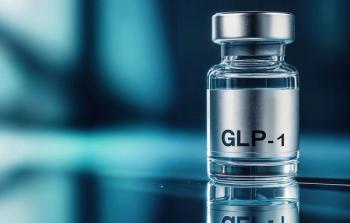
What Impact will Direct-to-Consumer Sales Have on Drug Prices
Michael Grosberg discusses how people with insurance will be impacted by D2C drug sales.
One of the biggest issues Americans face is the high cost of healthcare in general. Drug prices are a particular pain point, with many medications costing Americans more than they can afford. Multiple administrations have attempted to address this issue, but it remains a major problem. The current administration is attempting multiple ways of reducing drug costs, with the promotion of direct-to-consumer drug sales being one of the proposed solutions.
Michael Grosberg, vice president of product management, spoke with Pharmaceutical Executive about direct-to-consumer sales and what impact they’ll likely have on drug prices.
Pharmaceutical Executive: How might direct-to-consumer drug models impact pricing?
Michael Grosberg: I think we can all agree that access to life-saving medication is a basic human necessity. From every conversation I’ve ever had with a pharmaceutical manufacturer, they want nothing more than to get their drugs to the patients that desperately need them.
We talk a lot about lowering drug prices, but we’re not talking about lowering them at the right point. Where it matters is at the pharmacy counter. Direct-to-consumer sales can be helpful in an area where patients are uninsured or heavily under-insured. The reality, however, is that the majority of Americans are insured, either by a government plan or through a commercial plan from their employer. It’s very unlikely that insurance plans will pay for medication that we buy directly from a pharmaceutical manufacturer.
The fact that this channel exists would in no way help us obtain those medications. In the areas of drugs that are not covered or individuals with high deductibles, this might be a way to save money on medication. It will likely impact very few therapeutic areas and very few patients.
PE: Who benefits from direct-to-consumer drug sales?
Grosberg: If we think generally about therapeutic areas or classes of medicine that are unlikely to be covered by insurance, some of the novel drugs may not be covered by insurance for people using them for certain indications. This could be GLP-1s, which may be covered for diabetes but not weight-loss. That could be an area where patients benefits. A lot of dermatological drugs may not covered, so patients might be able to afford those.
If you think about novel or specialty medicines that aren’t covered by insurance, those medicines carry very high price tags. Whether it’s in the US or elsewhere in the world, they’re very expensive. With-or-without insurance, patients who need them won’t be able to afford them, whether we align ourselves to other countries or not. They’re still unaffordable.
PE: What are effective ways of reducing drug prices?
Grosberg: We must look at the overall gross-to-net bubble and the incentives placed throughout the distribution chain. The PBM rebates that drive formulary placement for branded medication created a tremendous amount of upward pressure on consumer prices at the pharmacy counter. The insurance and PBM and business model for generic medication creates a situation where copays for generic medicine might be more than the medicine without insurance. That copay is used to subsidize a reduction of my policy premium.
If we are serious about reducing the cost of medicine to patients, we must look at the way that the entire channel is structured.
Newsletter
Lead with insight with the Pharmaceutical Executive newsletter, featuring strategic analysis, leadership trends, and market intelligence for biopharma decision-makers.




